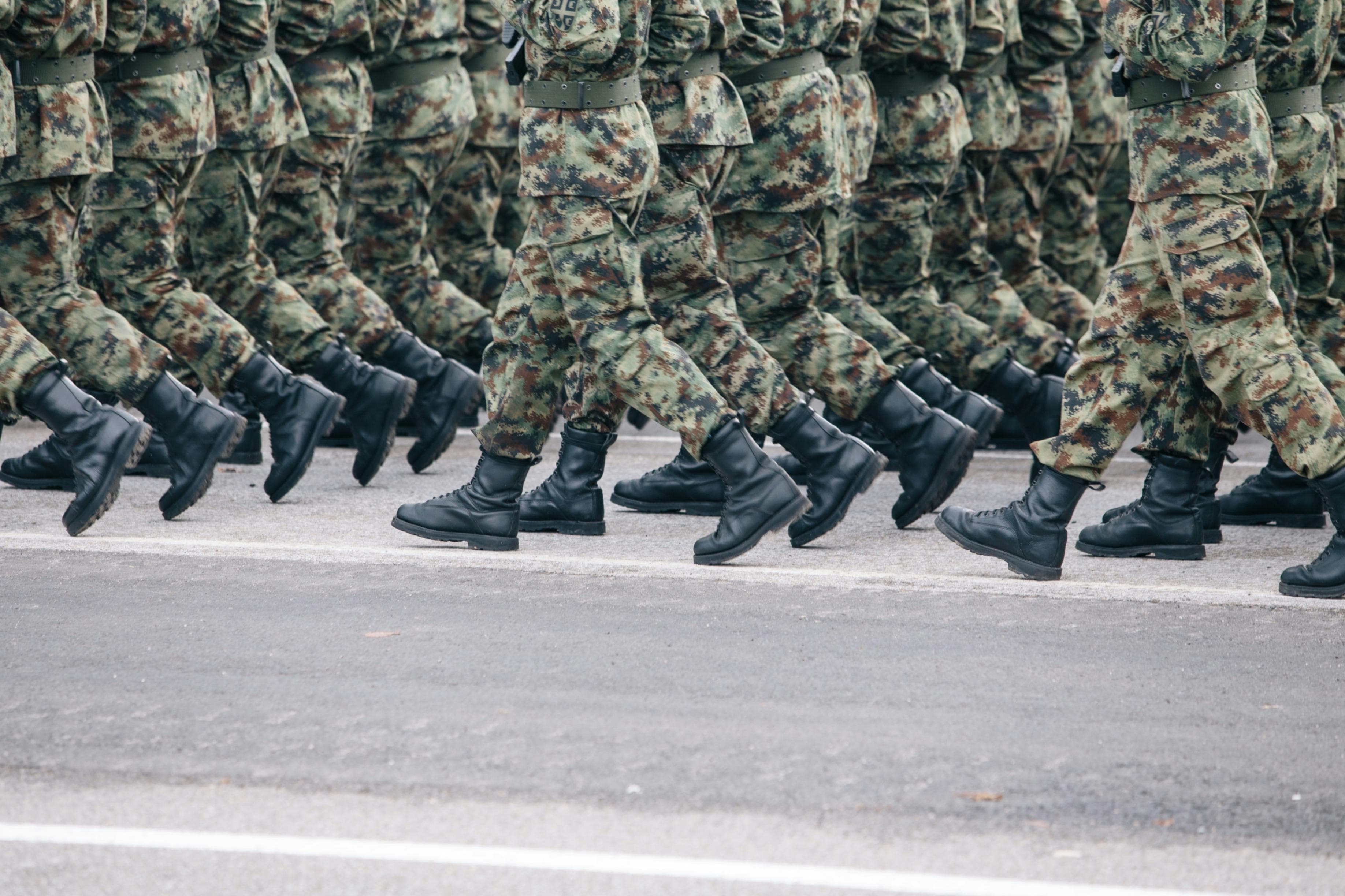
From Blue Lights to Brake Lights: Life After the Badge
Transitioning from the adrenaline‑fueled intensity of a high‑stakes law enforcement career to the steadier cadence of civilian life can be profoundly challenging. After working for 14 years in high‑intensity units—missing thousands of family moments, working crazy hours, having thousands of interactions with people from all walks of life, and never knowing what the day would bring while tackling complex investigations that needed to go perfectly or risk harming yourself, your team, or civilians—many former officers and I find our new routines shockingly devoid of the excitement and sense of purpose we once depended on. As a retired detective who has lived in both worlds, I can personally attest to the stark contrast between life on the force and life in the private sector.
One of the most exhilarating aspects of being a detective was the opportunity to build a case from scratch. This involved conducting surveillance, analyzing subpoena results, working up the background of suspects, rallying the investigative team and prosecutors, and preparing for the execution of a search warrant. Each case was a puzzle to be solved, a narrative to be written, and a mission to be accomplished. The thrill of breaking down the door at 6 a.m., finding your suspect, interviewing them on the spot, obtaining a confession, and making the arrest is an adrenaline rush that few other professions can match. Being unable to share much of what happened that day with close friends and family—because they just wouldn’t understand or would be stressed out knowing what you actually do—was always tough for me.
However, the process of building and executing a case is neither simple nor straightforward. It requires meticulous planning, keen intuition, and a high level of teamwork and coordination. Each member of the team plays a vital role—whether it’s breaching the door; cuffing occupants in a residence for safety or arrest purposes; driving the vehicle to the hospital in case an officer or civilian is hurt; providing rear security in case a suspect decides to flee while the warrant is being executed; handling the potential presence of dogs or children; or interviewing the perpetrator. The stakes are high, and the risks are real, but the reward is the satisfaction of knowing that you’ve contributed to the safety and security of y
Read-Only
$3.99/month
- ✓ Unlimited article access
- ✓ Profile setup & commenting
- ✓ Newsletter
Essential
$6.99/month
- ✓ All Read-Only features
- ✓ Connect with subscribers
- ✓ Private messaging
- ✓ Access to CityGov AI
- ✓ 5 submissions, 2 publications
Premium
$9.99/month
- ✓ All Essential features
- 3 publications
- ✓ Library function access
- ✓ Spotlight feature
- ✓ Expert verification
- ✓ Early access to new features
More from Retirement
Explore related articles on similar topics





